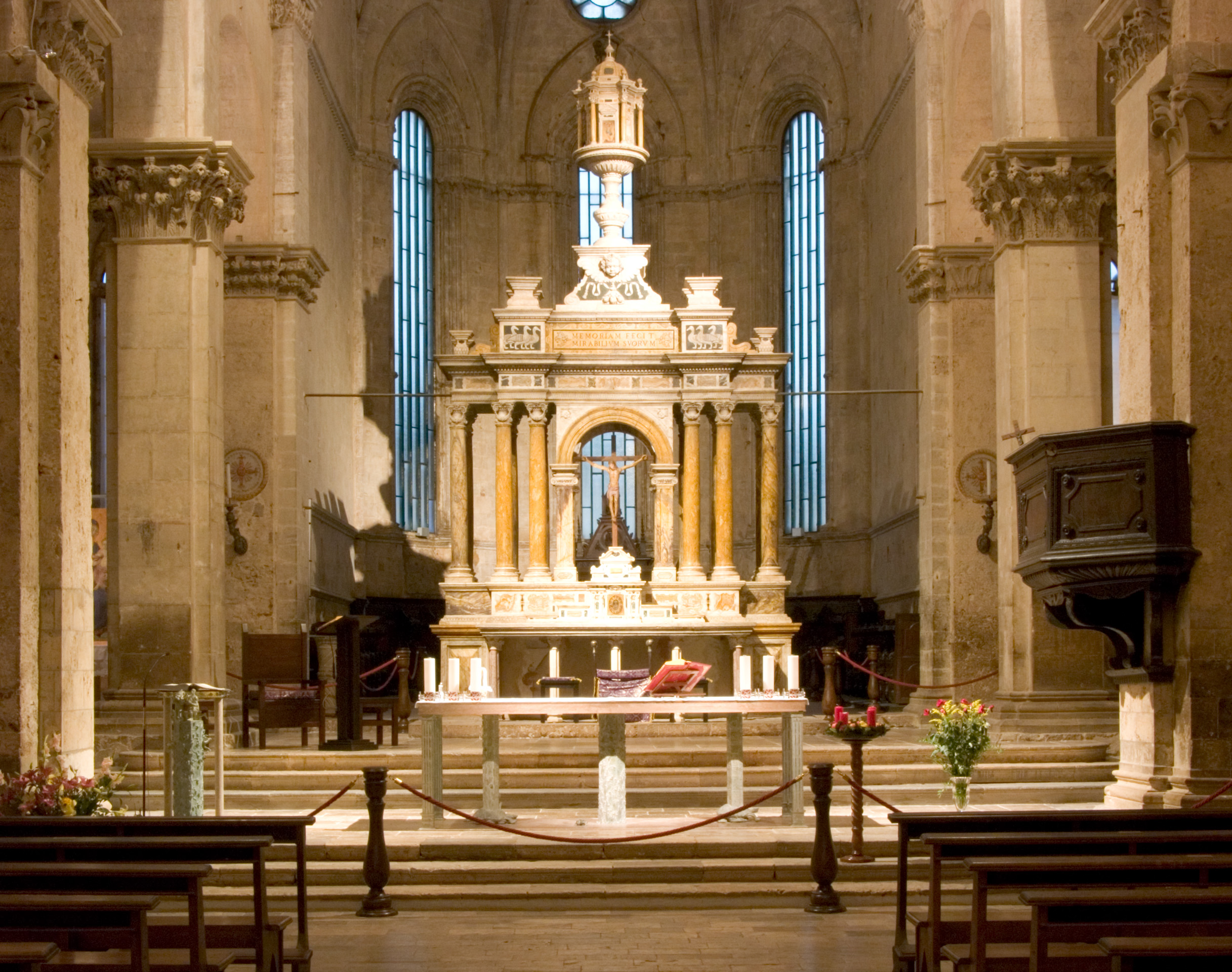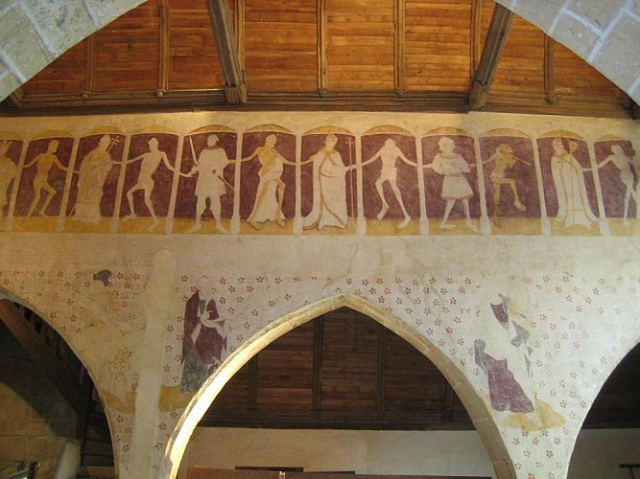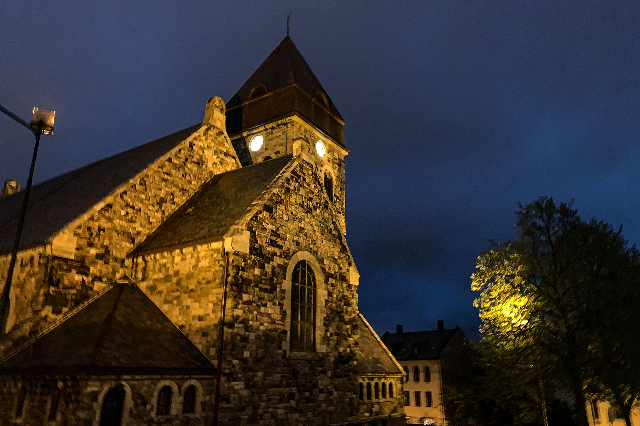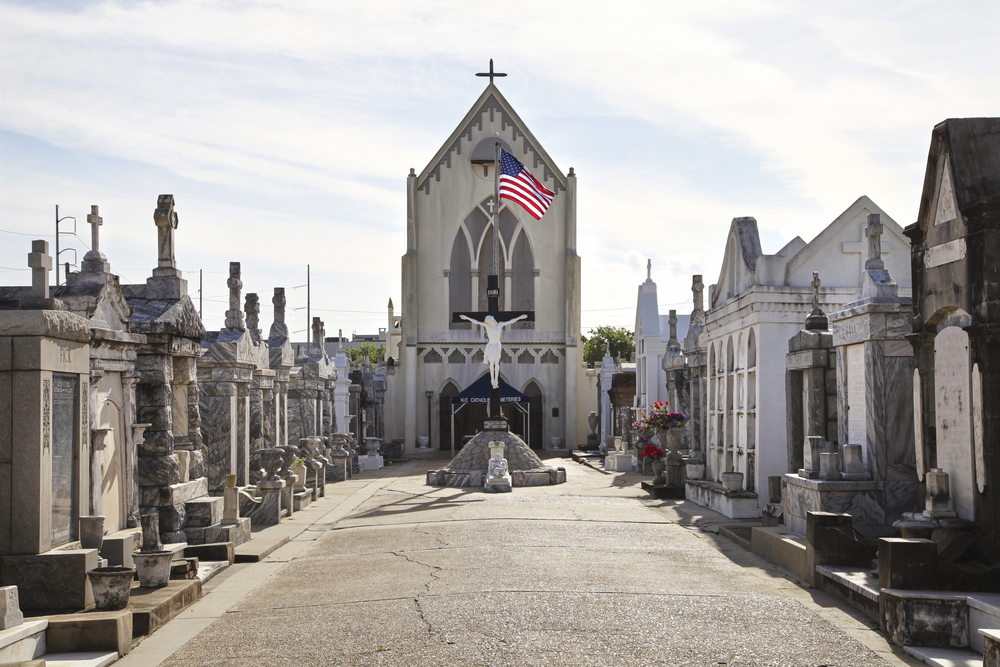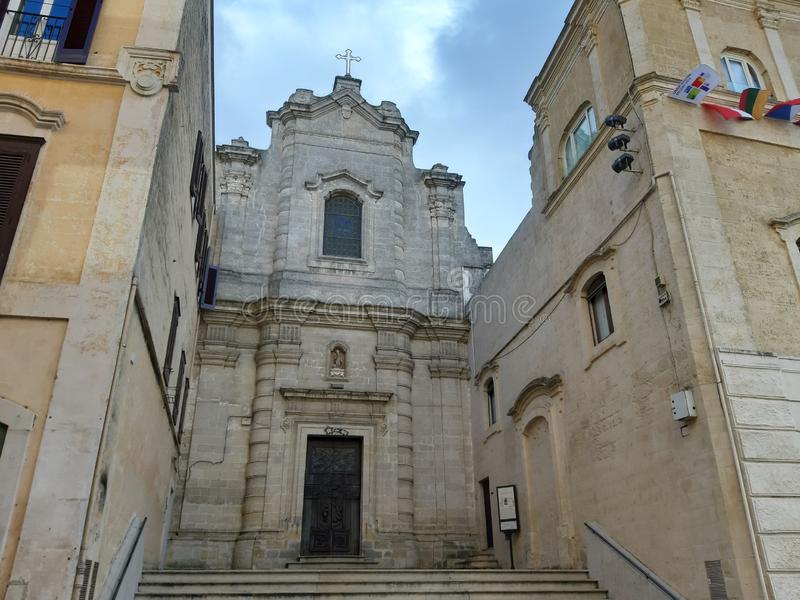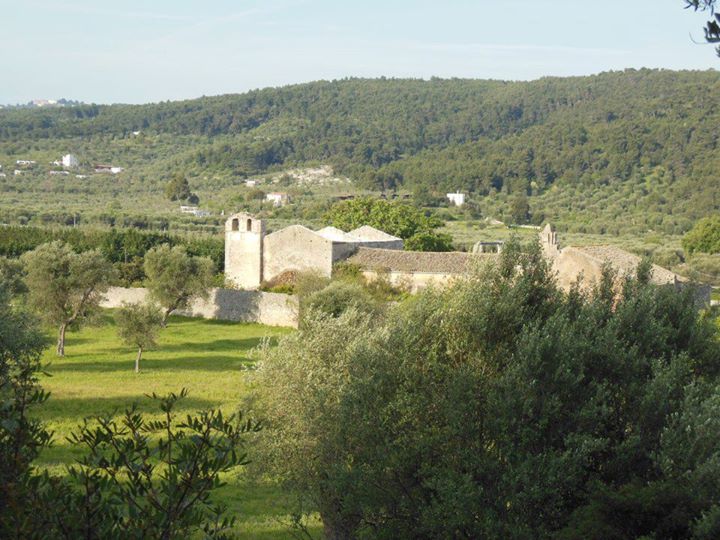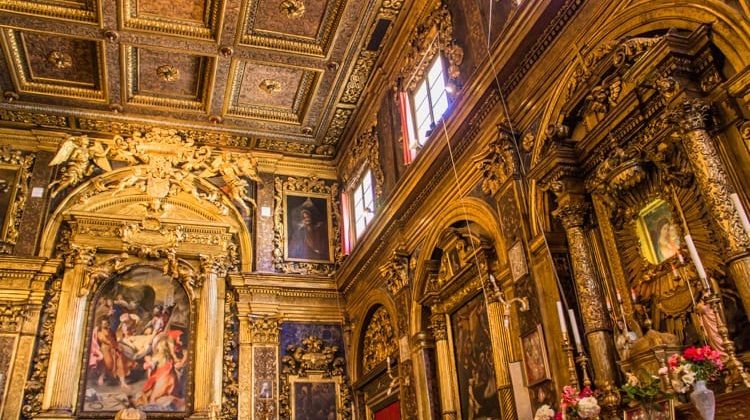In every sacred building, the altar is the center and takes on particular importance in the overall vision and in the celebration. The altar must be unique, because it is the symbol of Christ, and it must be made of stone, to remind us of Christ, the "Stone" on which the Church is built. Ivan Theimer is an artist who was born in Moravia. In his early twenties he left Czechoslovakia and moved to France where he completed his art studies. He currently lives in Paris, but is frequently in Italy, in Pietrasanta where the artisans foundrymen and marble workers with whom he works are located.
In the Duomo of Massa Marittima the artist had to work in the reduced space of the Presbytery, and had to choose dimensions, materials and location, dialoguing with the antique. The materials used are travertine and bronze so as not to conflict with the marble used to build the seventeenth-century altar in the background. The stone used is a cavernous travertine taken from the same quarry near Massa Marittima from which the construction material for the cathedral was extracted. It is a stone over 5 million years old. The tradition of the "sacrifice" offered on the stone of one’s own land is recalled here in the altar, whose stone is adorned with lapis lazuli, small precious stones and granite from Israel and Egypt, as well as small laser-reproduced texts from codes and papyri. In the Christian tradition the sacrifice of Jesus is united with the sacrifice of saints and martyrs. The relics of the Christian saints and martyrs have been placed in a compartment in the central column that supports the altar.
The altar table has a corresponding stone in the floor, which supports the columns; symbolically it is the stone of the tomb of the resurrection. There are seven columns supporting the altar. The number seven is related to Jewish culture, it is the number that includes three and four, which indicate absolute perfection and duration in time. Thus the number seven indicates fullness.
These seven columns are decorated with various vegetable and animal elements: the vine, the wheat, the fish, coming from the biblical tradition; there are reproductions of the medieval codices that write the celebration and reproduce liturgical books; there are animals linked to the tradition of Saint Cerbone (patron of the diocese to which the cathedral is dedicated) such as the goose, the bear, the deer; there are animals such as the turtle and the snake that are taken from the patristic tradition that reinterprets the pagan tradition.
